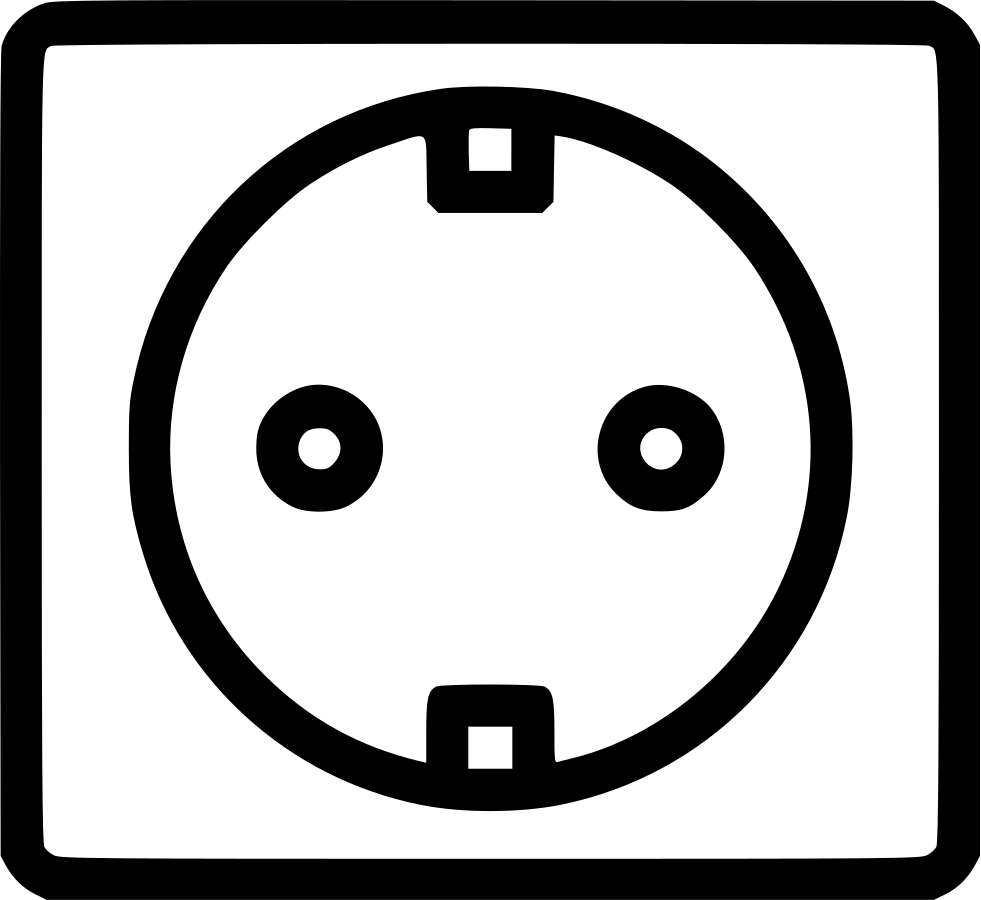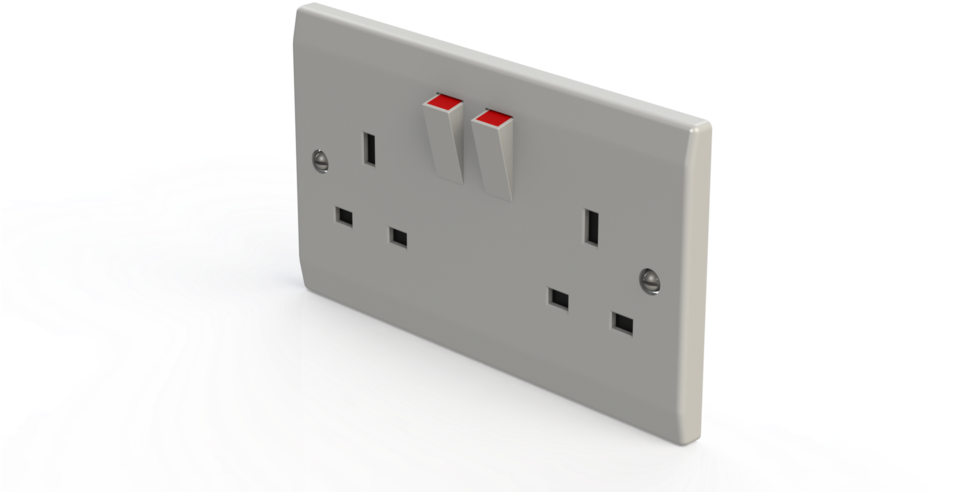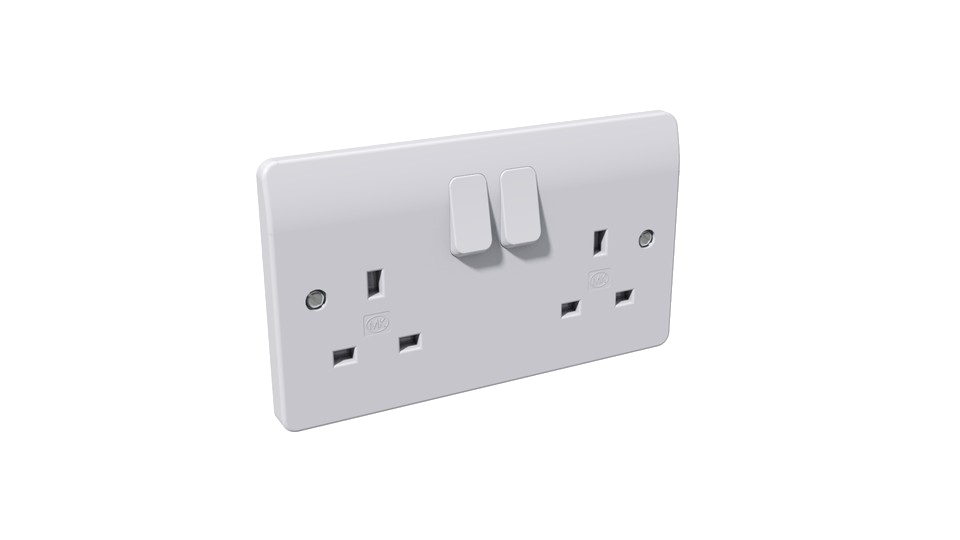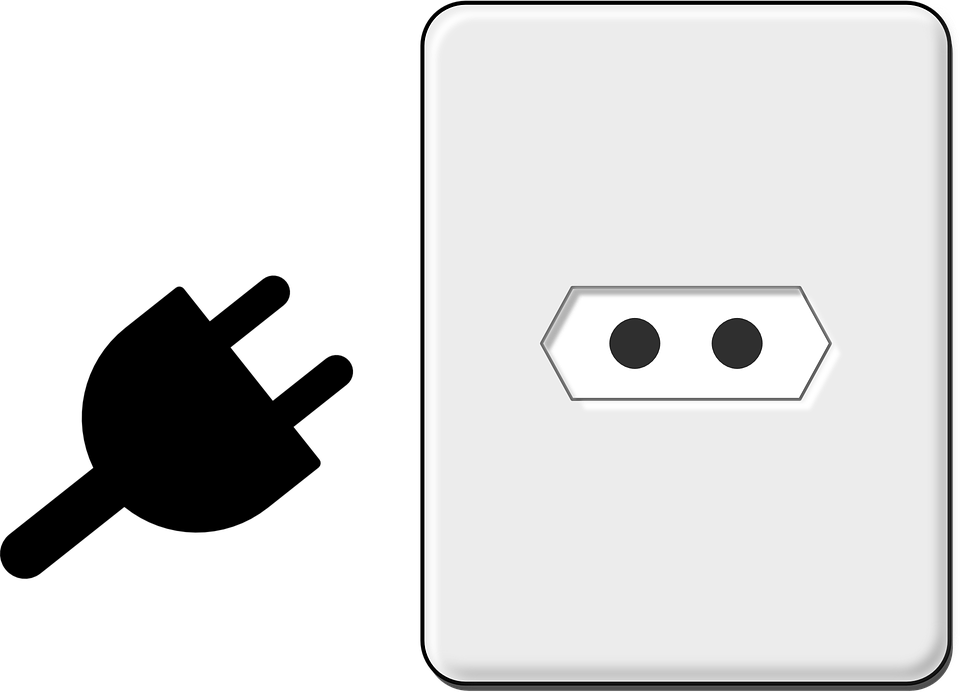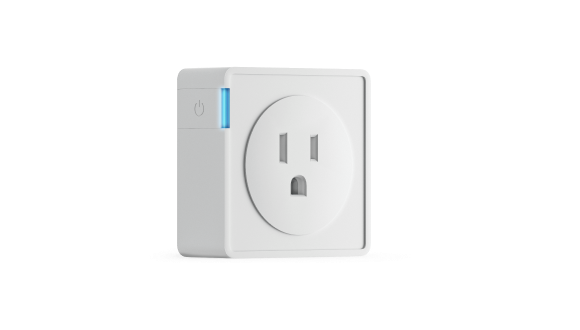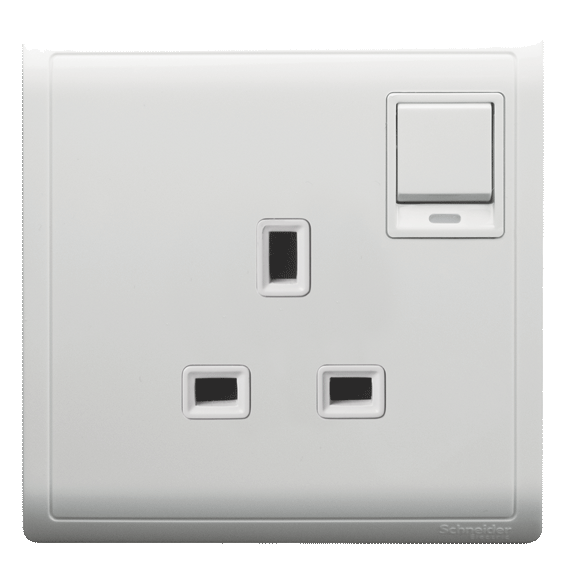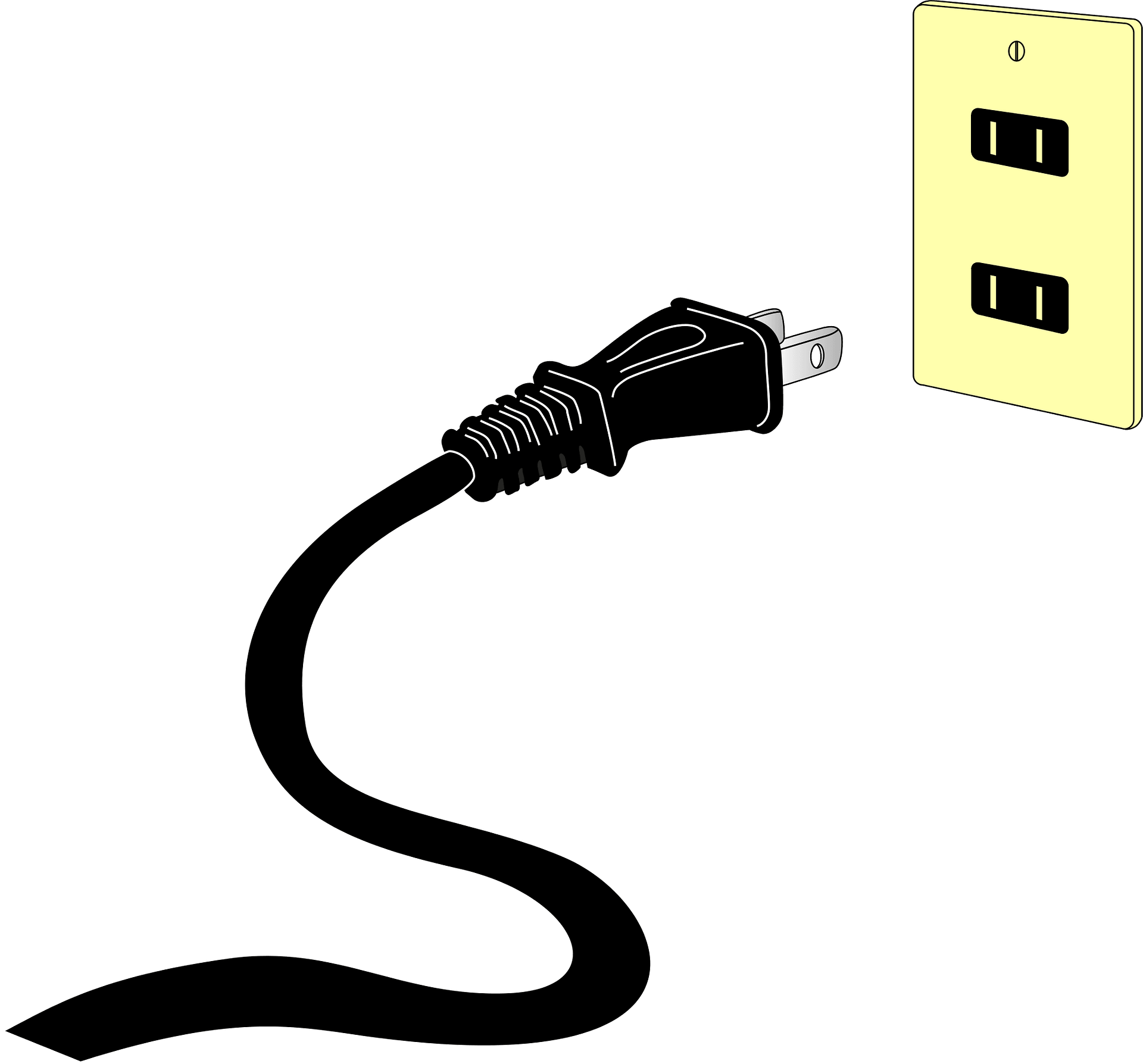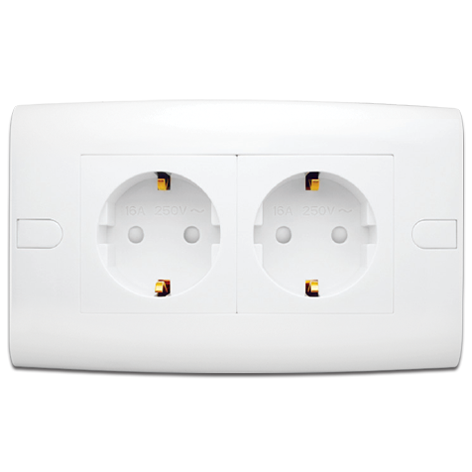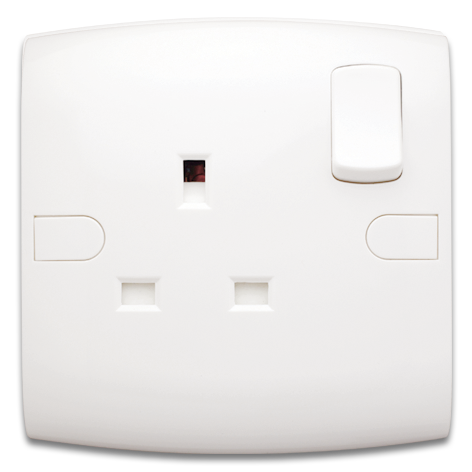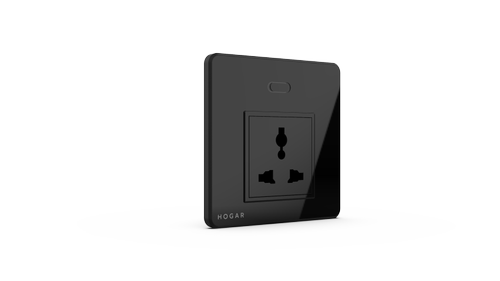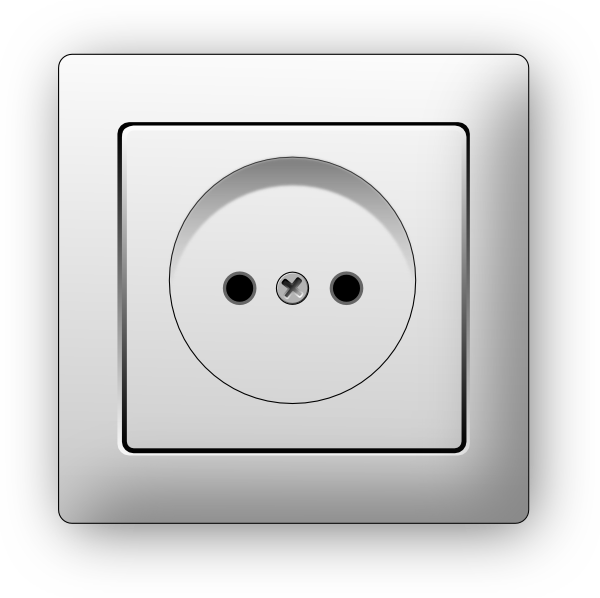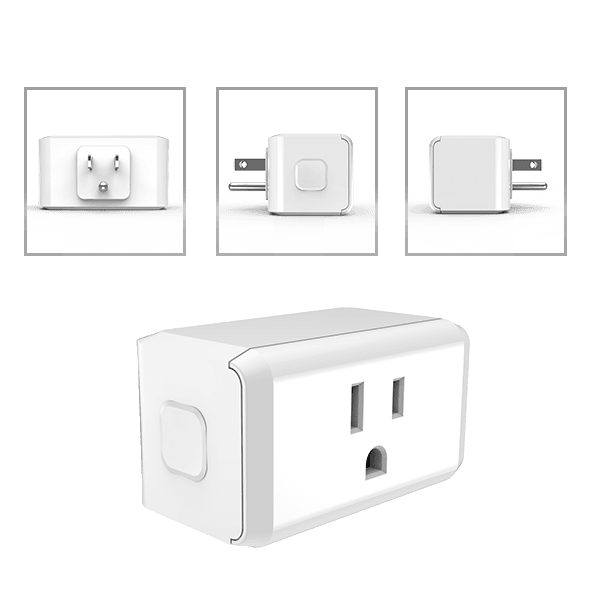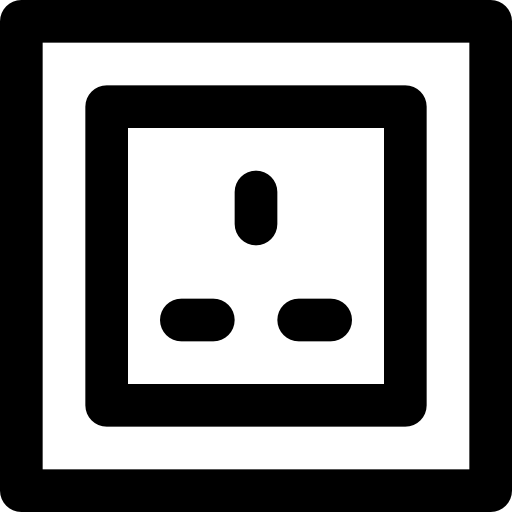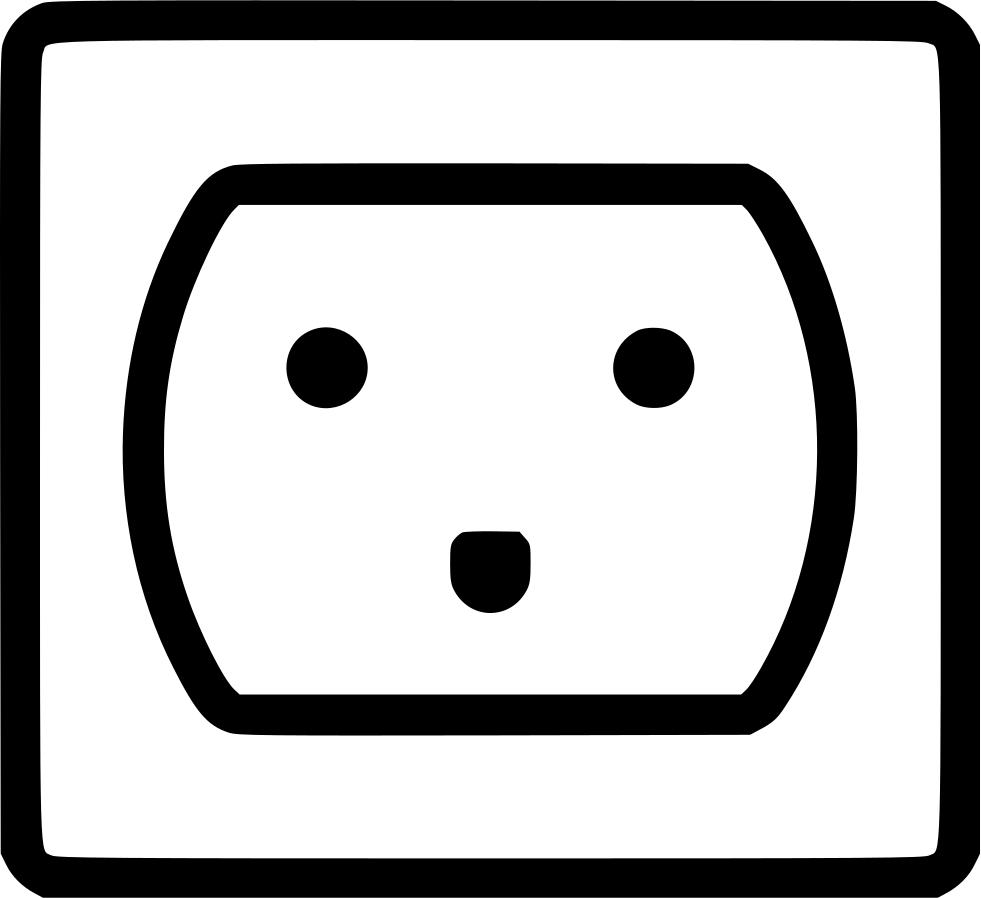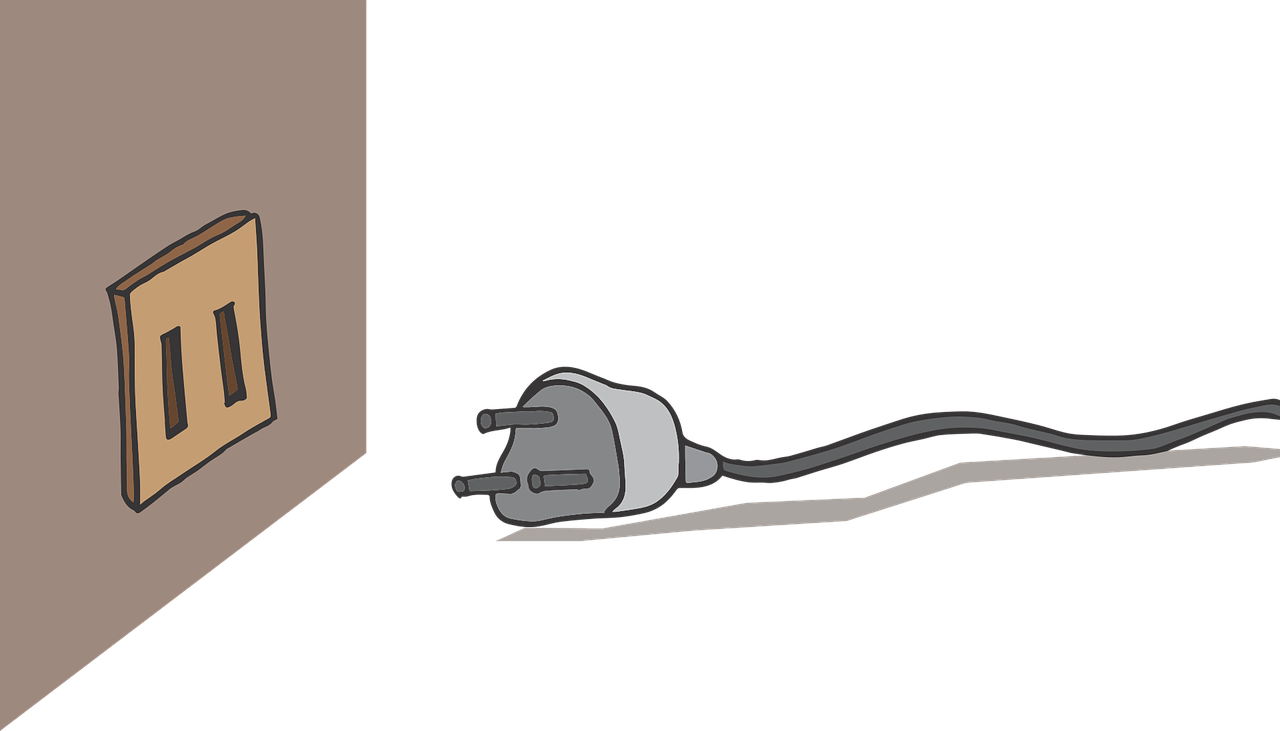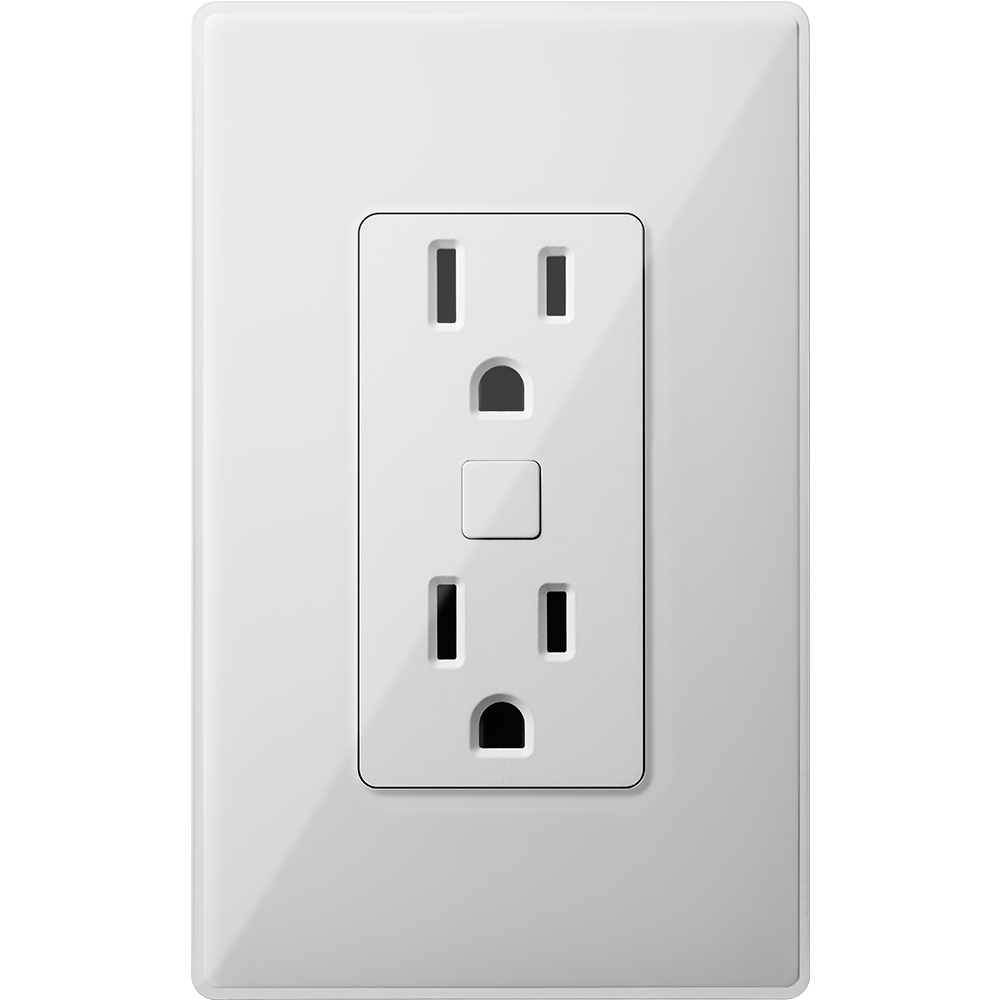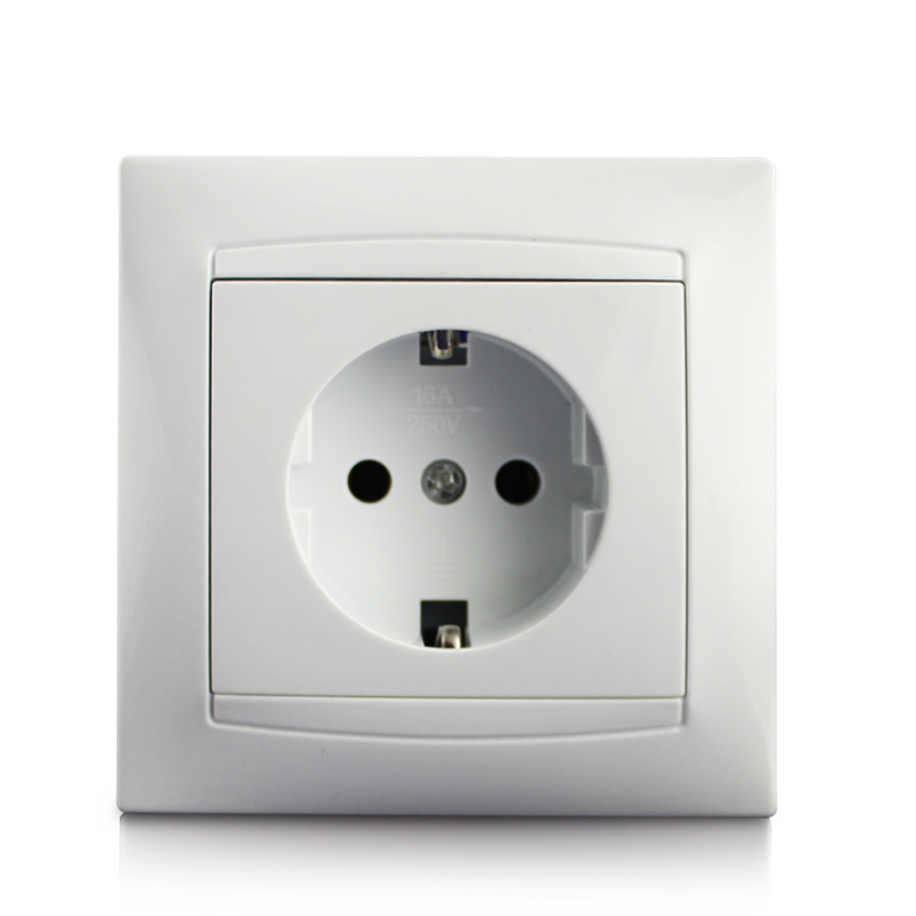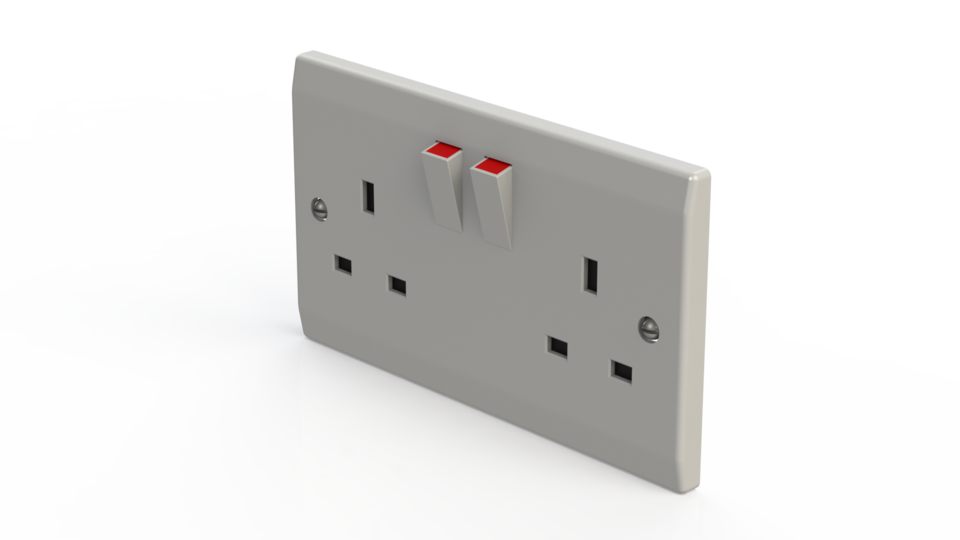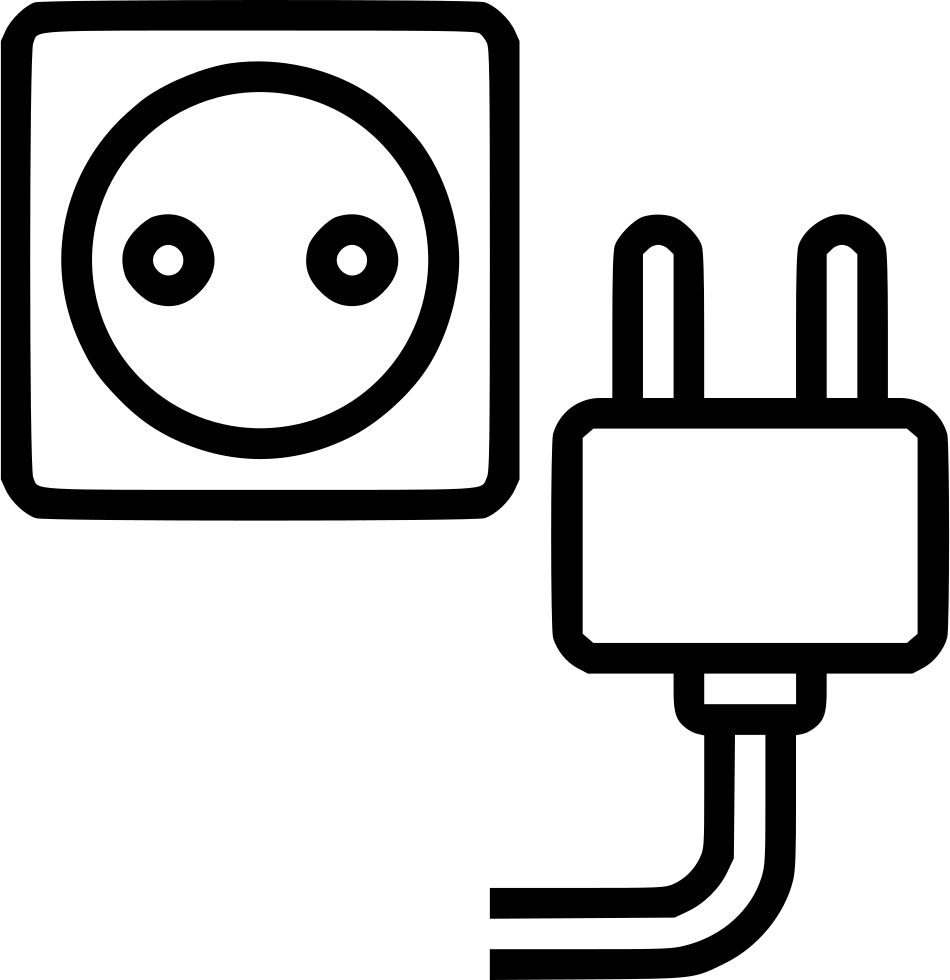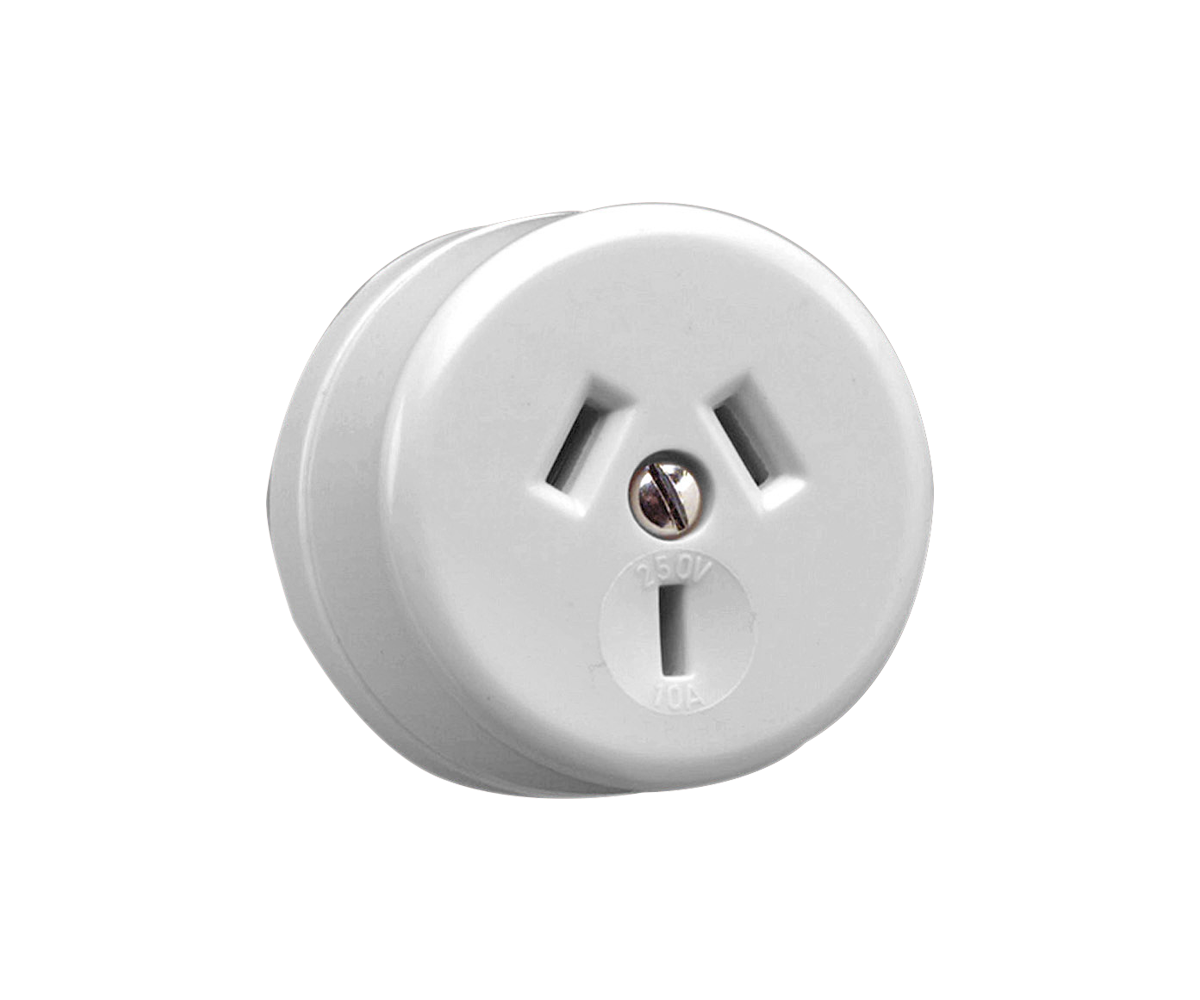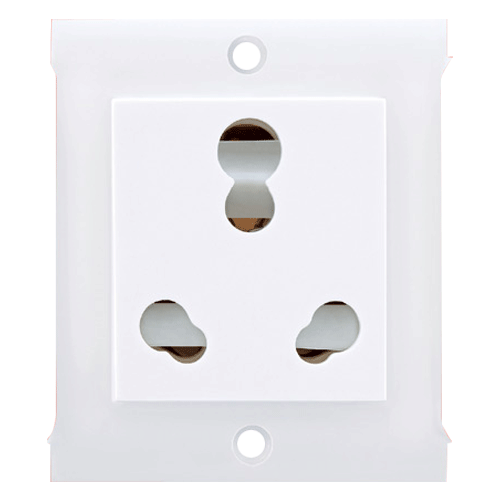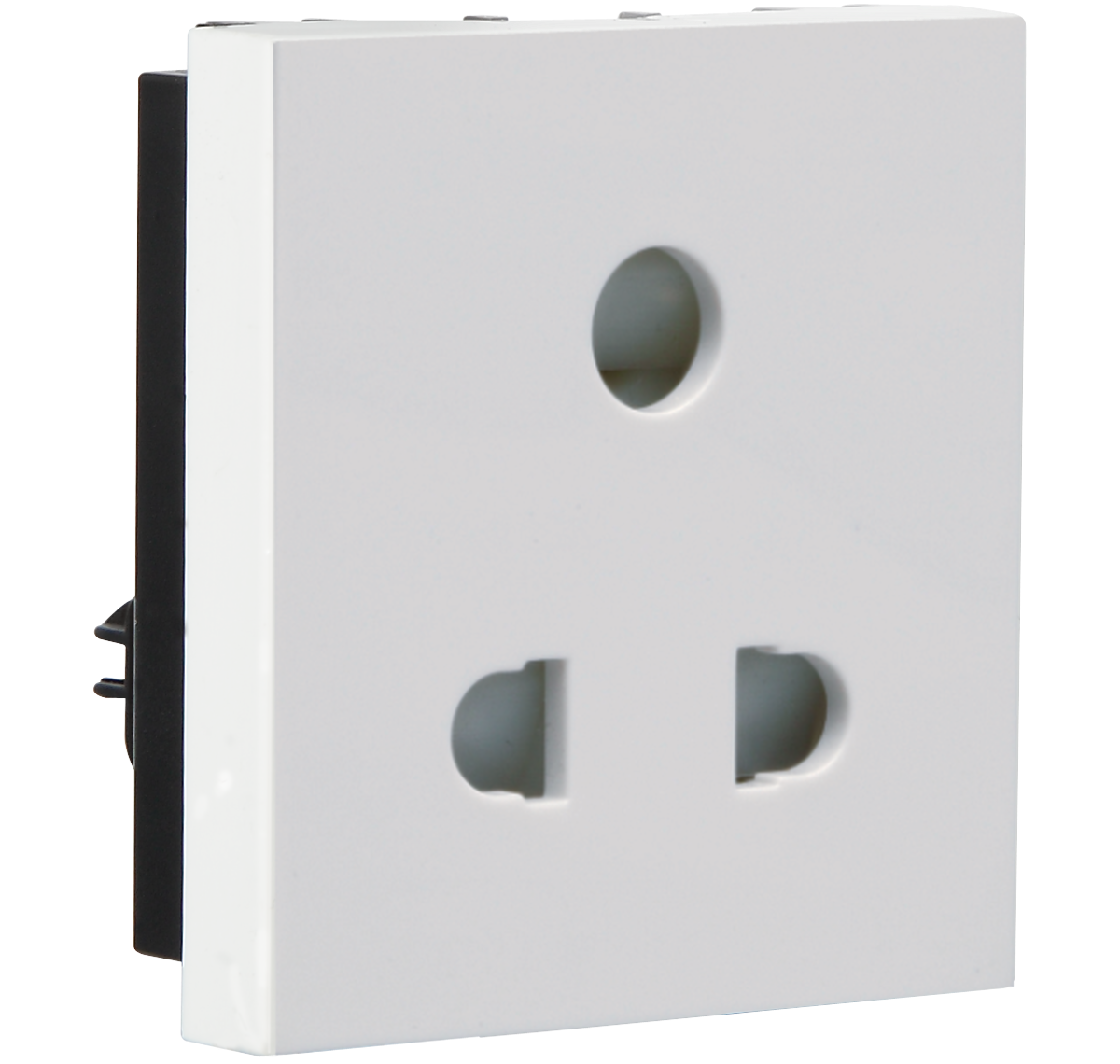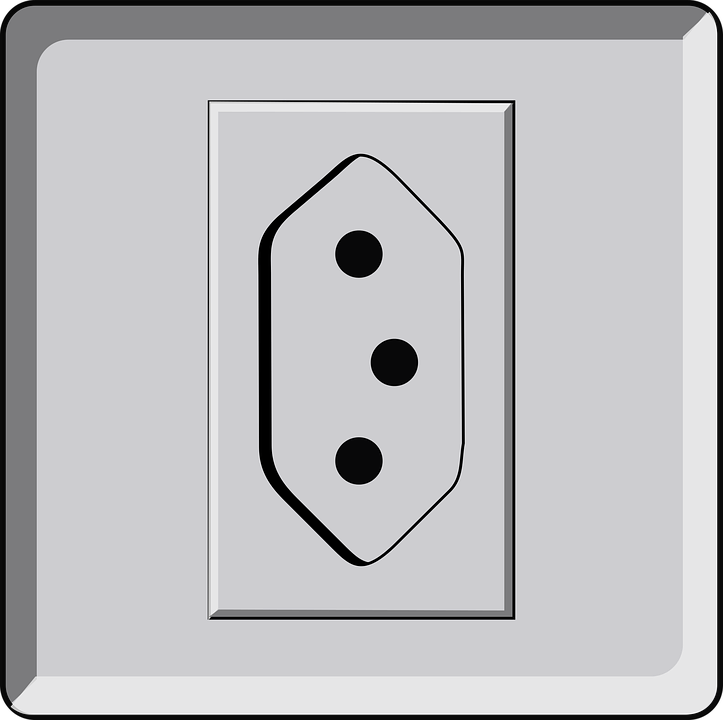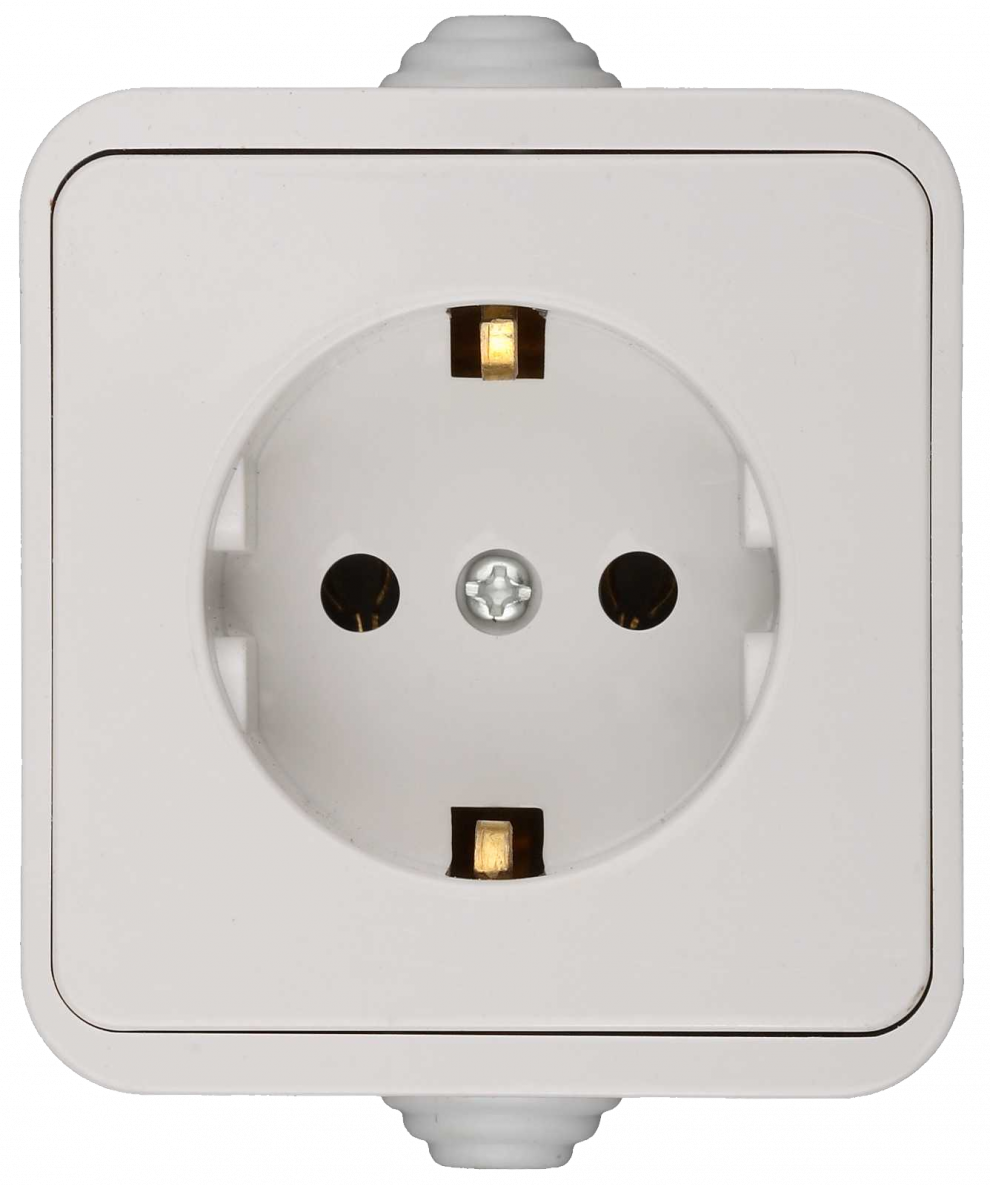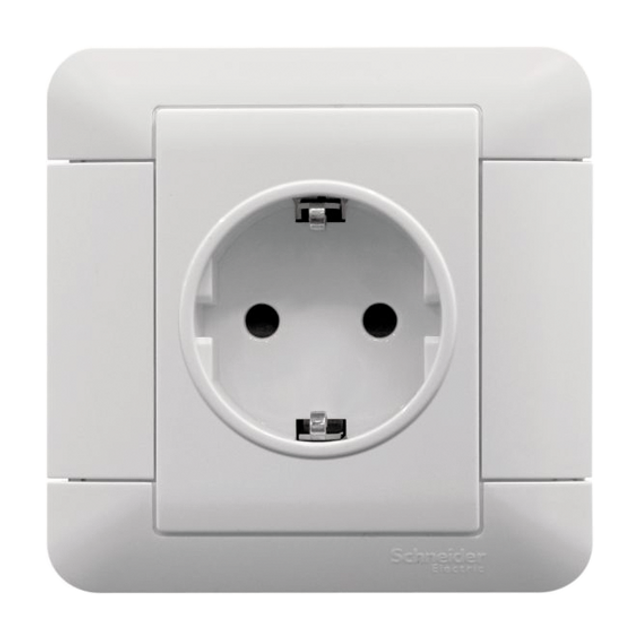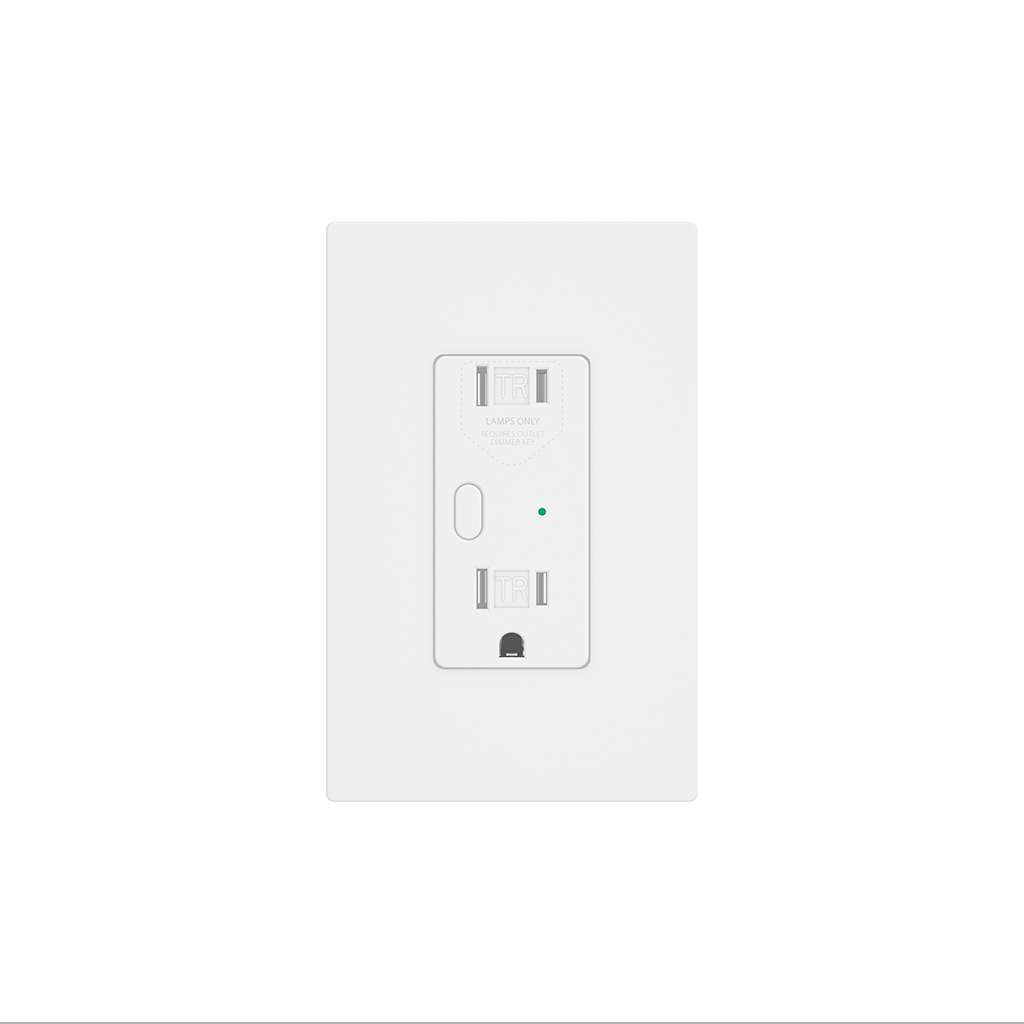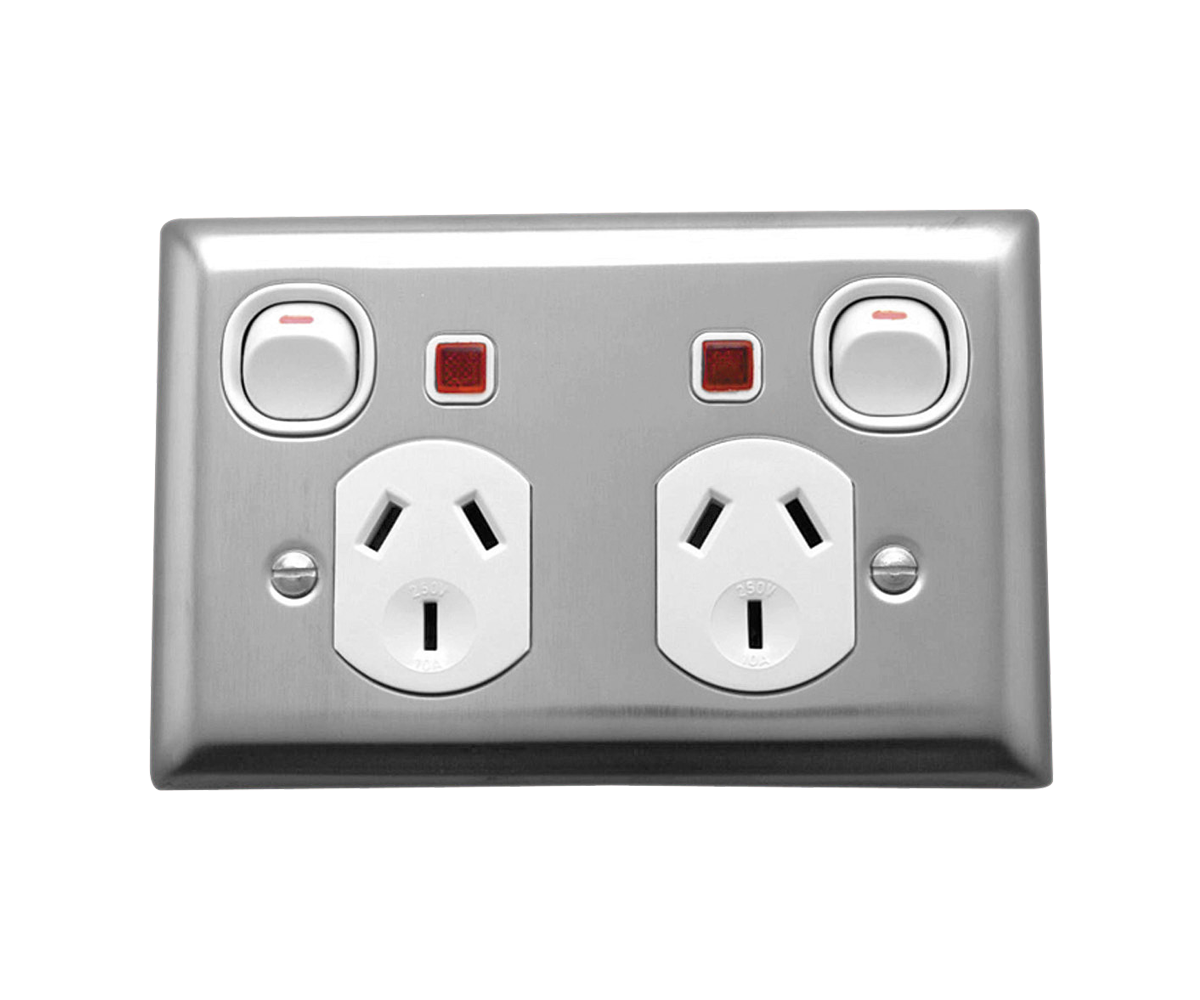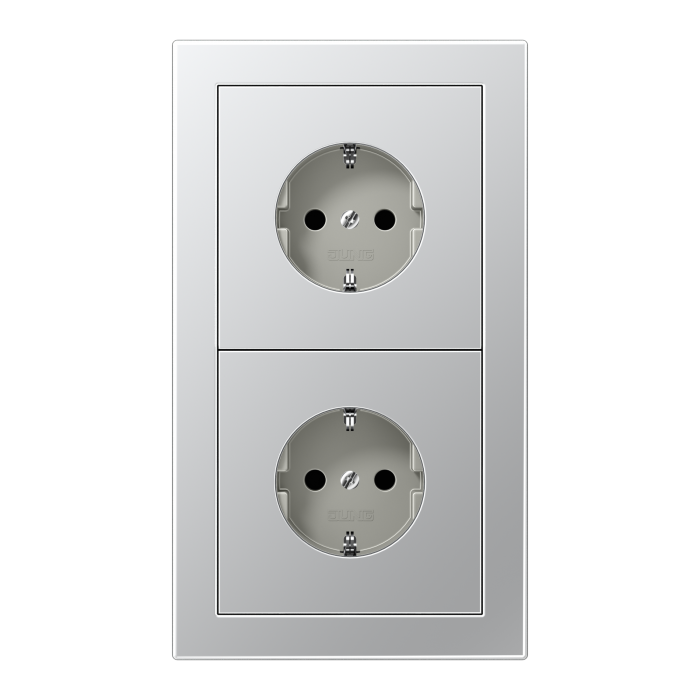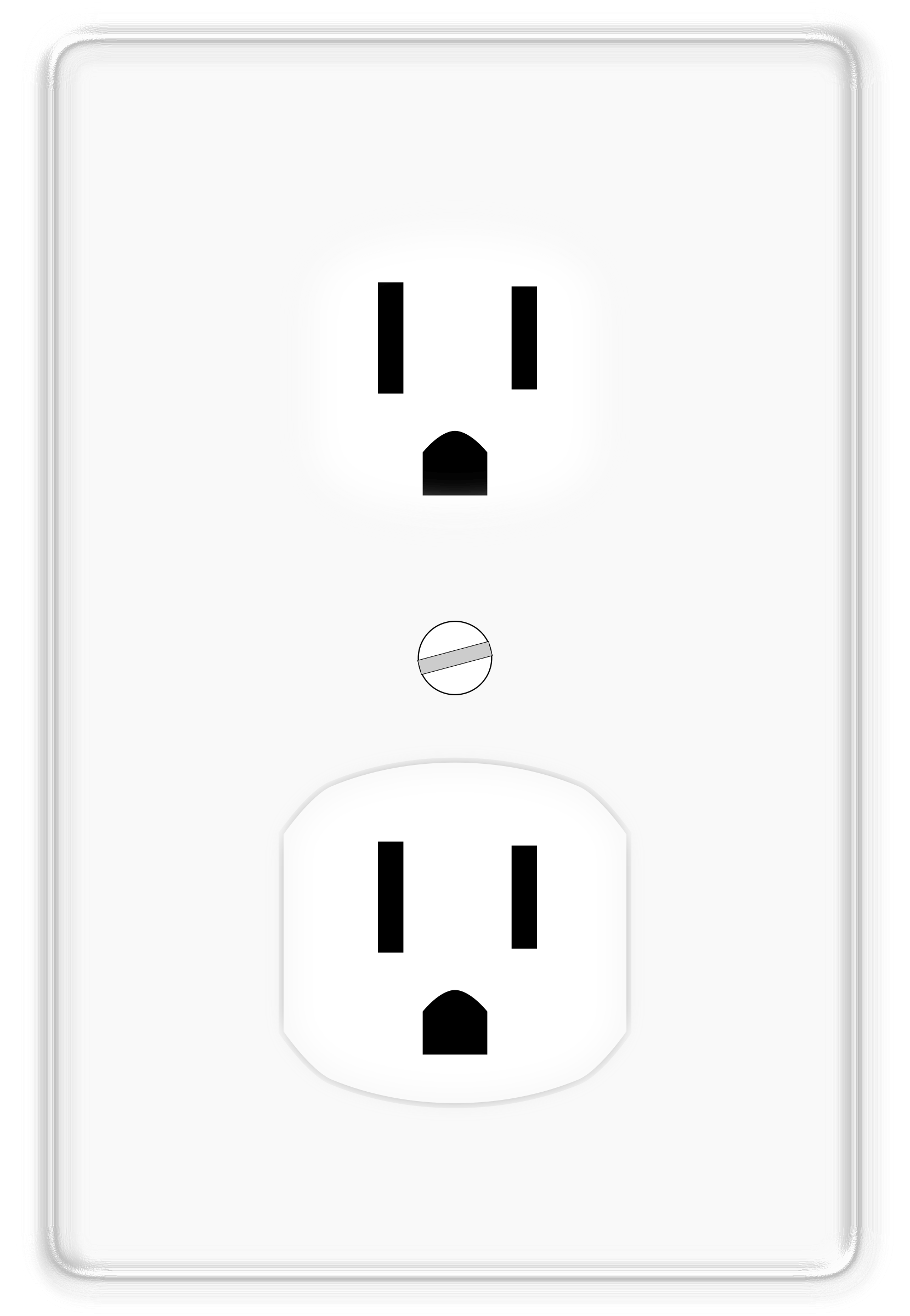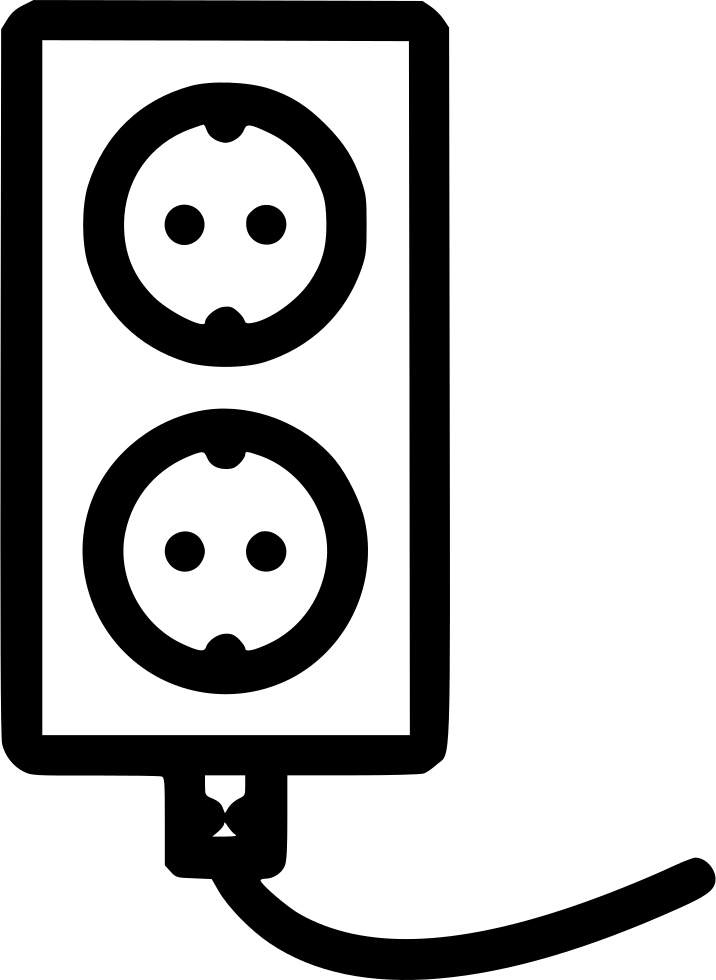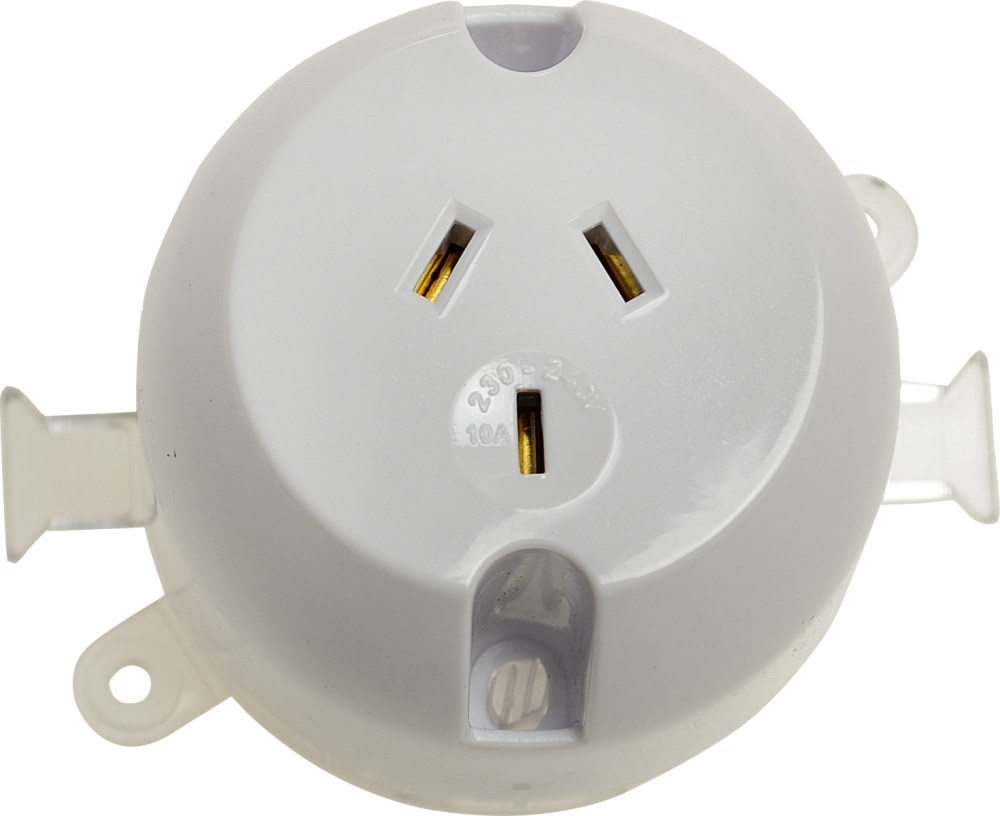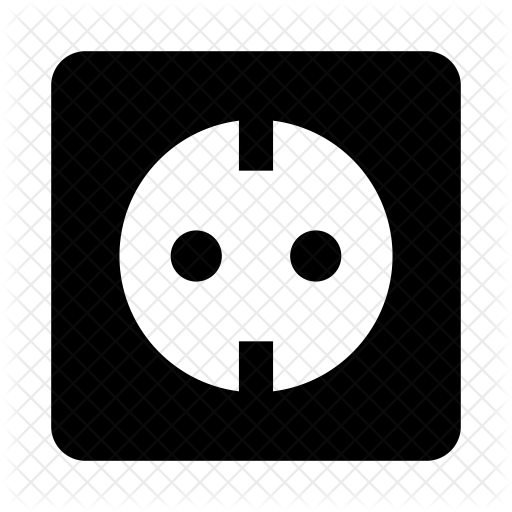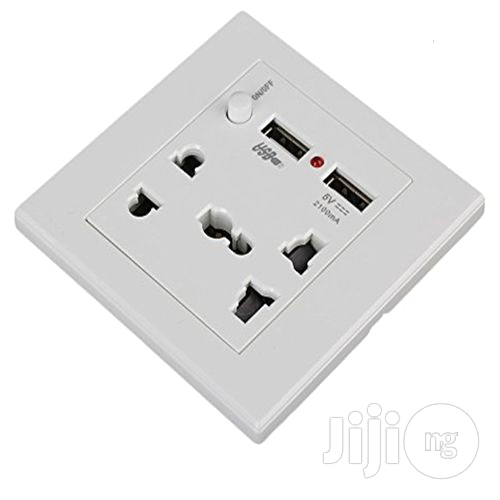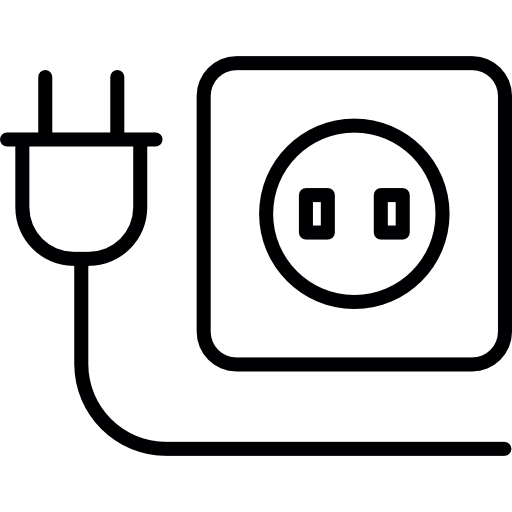Download top and best high-quality free Power Socket PNG Transparent Images backgrounds available in various sizes. To view the full PNG size resolution click on any of the below image thumbnail.
License Info: Creative Commons 4.0 BY-NC
Electric equipment is connected to the alternating current (AC) power supply in buildings and other locations via AC power connectors and sockets. Voltage and current ratings, shape, size, and connection type all change amongst electrical plugs and sockets. Plugs and sockets are utilized in a variety of ways across the world.
In the 1880s, plugs and sockets for portable equipment were introduced to replace light sockets with wall-mounted outlets. A plethora of sorts have been developed for convenience as well as safety from electrical damage.
There are around 20 varieties in widespread usage now, and numerous outdated socket types may be found in older structures. Some types of plugs may now be used over vast regions to ease commerce in electrical appliances and for the convenience of travelers and consumers of imported electrical items thanks to the coordination of technical standards.
Some multi-standard sockets allow for the use of a variety of plugs; nevertheless, improvised or unauthorized adaptors between incompatible sockets and plugs may not give the same level of safety and performance as a properly installed socket-plug combination.
A plug is a moveable connector attached to an electrically driven item, whereas a socket is a permanent connector linked to an energized electrical circuit that is fixed on equipment or a building structure. The plug is a male connection with protruding pins that fit into the socket’s holes and female contacts. Some plugs include female contacts that are exclusively used for connecting to the earth ground. For added safety, some plugs contain built-in fuses.
In addition to the recessed contacts of the energised socket, plug and socket systems incorporate safety mechanisms to limit the risk of electric shock. Plugs with insulated sleeves, recessed sockets, and automated shutters that block socket apertures when a plug is withdrawn are examples of these.
A socket may be encased in a decorative or protective cover that is part of the socket itself.
Single-phase sockets include two current-carrying connections to the power supply circuit, as well as a third pin for an earth ground safety connection. One or both current-carrying connections may have high voltage to earth ground, depending on the supply system.
Electric lighting was the primary application of commercial electric power when it was first introduced in the 1880s. Other portable gadgets were plugged into light-bulb outlets, including vacuum cleaners, electric fans, smoothing irons, and curling-tong warmers.
A two-pin plug and wall socket style was available on the British market as early as 1885. The first three-pin earthed (grounded) connectors emerged about 1910. Other safety enhancements were subsequently added to the market over time. In 1915, the first national standard for plug and wall socket shapes was established.
Foreign items are prevented from accessing live contacts by socket shutters. Crompton, a British company, produced the first shuttered socket in 1893. As early as 1905, some designs included electrical shielding of the pin shanks to decrease live contact exposure.
The outlet is hidden in a recess inside the socket assembly’s face, and plugs are made to fit snugly within that recess, fully preventing the chance of fingers accidently coming into touch with live pins while inserting or removing them.
Download Power Socket PNG images transparent gallery.
- Vector Power Socket PNG Picture
Resolution: 981 × 900
Size: 30 KB
Image Format: .png
Download
- Power Socket
Resolution: 961 × 492
Size: 153 KB
Image Format: .png
Download
- Vector Power Socket PNG HD Image
Resolution: 512 × 512
Size: 9 KB
Image Format: .png
Download
- Power Socket PNG Clipart
Resolution: 960 × 540
Size: 52 KB
Image Format: .png
Download
- Power Socket Electric Plug PNG Cutout
Resolution: 960 × 692
Size: 41 KB
Image Format: .png
Download
- Power Socket PNG Picture
Resolution: 580 × 330
Size: 39 KB
Image Format: .png
Download
- Power Socket Electric Plug PNG Images
Resolution: 566 × 566
Size: 144 KB
Image Format: .png
Download
- Vector Power Socket PNG Image HD
Resolution: 1920 × 1788
Size: 52 KB
Image Format: .png
Download
- Vector Power Socket No Background
Resolution: 512 × 512
Size: 8 KB
Image Format: .png
Download
- Power Socket Electric Plug PNG Photos
Resolution: 472 × 472
Size: 111 KB
Image Format: .png
Download
- Power Socket Electric Plug Transparent
Resolution: 472 × 472
Size: 164 KB
Image Format: .png
Download
- Power Socket PNG HD Image
Resolution: 500 × 281
Size: 27 KB
Image Format: .png
Download
- Vector Power Socket
Resolution: 512 × 512
Size: 21 KB
Image Format: .png
Download
- Power Socket PNG Image HD
Resolution: 600 × 598
Size: 48 KB
Image Format: .png
Download
- Power Socket Electric Plug PNG Clipart
Resolution: 600 × 600
Size: 23 KB
Image Format: .png
Download
- Vector Power Socket PNG Images HD
Resolution: 512 × 512
Size: 17 KB
Image Format: .png
Download
- Vector Power Socket PNG Pic
Resolution: 512 × 512
Size: 6 KB
Image Format: .png
Download
- Vector Power Socket PNG File
Resolution: 980 × 900
Size: 21 KB
Image Format: .png
Download
- Vector Power Socket PNG Image
Resolution: 981 × 898
Size: 21 KB
Image Format: .png
Download
- Power Socket No Background
Resolution: 1280 × 731
Size: 120 KB
Image Format: .png
Download
- Power Socket PNG Images HD
Resolution: 1000 × 1000
Size: 250 KB
Image Format: .png
Download
- Power Socket Electric Plug PNG Picture
Resolution: 916 × 916
Size: 642 KB
Image Format: .png
Download
- Power Socket Electric Plug PNG
Resolution: 960 × 540
Size: 257 KB
Image Format: .png
Download
- Vector Power Socket PNG Photo
Resolution: 950 × 980
Size: 49 KB
Image Format: .png
Download
- Vector Power Socket PNG Cutout
Resolution: 512 × 512
Size: 21 KB
Image Format: .png
Download
- Power Socket PNG Free Image
Resolution: 1200 × 1000
Size: 228 KB
Image Format: .png
Download
- Power Socket PNG Image File
Resolution: 500 × 500
Size: 50 KB
Image Format: .png
Download
- Power Socket PNG
Resolution: 512 × 512
Size: 12 KB
Image Format: .png
Download
- Vector Power Socket PNG Images
Resolution: 512 × 512
Size: 15 KB
Image Format: .png
Download
- Power Socket Electric Plug PNG Pic
Resolution: 1200 × 1140
Size: 826 KB
Image Format: .png
Download
- Power Socket PNG Pic
Resolution: 1002 × 1280
Size: 242 KB
Image Format: .png
Download
- Power Socket PNG File
Resolution: 723 × 720
Size: 39 KB
Image Format: .png
Download
- Power Socket PNG Image
Resolution: 990 × 1186
Size: 802 KB
Image Format: .png
Download
- Power Socket PNG Photo
Resolution: 640 × 640
Size: 300 KB
Image Format: .png
Download
- Power Socket Electric Plug PNG File
Resolution: 1024 × 1024
Size: 95 KB
Image Format: .png
Download
- Power Socket PNG Cutout
Resolution: 1200 × 1000
Size: 324 KB
Image Format: .png
Download
- Power Socket PNG Images
Resolution: 700 × 700
Size: 173 KB
Image Format: .png
Download
- Power Socket PNG Photos
Resolution: 1659 × 2400
Size: 120 KB
Image Format: .png
Download
- Power Socket Transparent
Resolution: 2394 × 2283
Size: 254 KB
Image Format: .png
Download
- Vector Power Socket PNG
Resolution: 716 × 980
Size: 27 KB
Image Format: .png
Download
- Power Socket Electric Plug
Resolution: 512 × 512
Size: 12 KB
Image Format: .png
Download
- Vector Power Socket PNG Photos
Resolution: 512 × 512
Size: 18 KB
Image Format: .png
Download
- Power Socket Electric Plug PNG Image
Resolution: 1000 × 816
Size: 572 KB
Image Format: .png
Download
- Vector Power Socket Transparent
Resolution: 512 × 512
Size: 63 KB
Image Format: .png
Download
- Power Socket Electric Plug PNG Photo
Resolution: 500 × 500
Size: 123 KB
Image Format: .png
Download
- Vector Power Socket PNG Clipart
Resolution: 512 × 512
Size: 8 KB
Image Format: .png
Download
